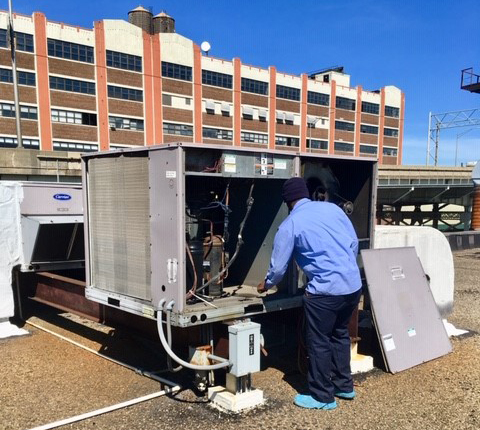“NEW YORK — Two MTA employees have been diagnosed with Legionnaires’ disease, according to a MTA spokesperson.
One of the employees, a highway patrol officer, went to a doctor who told him to go to the emergency room after determining his symptoms similar to those caused by Legionnaires’ disease. He was admitted to the hospital and diagnosed with the illness on Aug. 8, according to Wayne Joseph, president of the Bridge and Tunnel Officers Benevolent Association.
The worker was based out of the Staten Island administration office near the Verrazano-Narrows Bridge, the New York Post reports.
Colleagues at that facility were advised not to use the showers but weren’t told why, Joseph said.
PIX11 News reached out to the MTA and the city’s department of health for comment on the two cases.
“MTA Bridges and Tunnels has confirmed two of its employees – who work at separate locations – have been diagnosed with Legionnaire’s disease and both have received medical treatment. Out of an abundance of caution we are working with the State Health Department to conduct a full investigation,” an MTA spokesperson said.
No other information regarding the second case was released.
Patients can contract Legionnaires’ disease, a serious type of pneumonia, when they breathe in small, airborne droplets of water that contain the bacteria, which can grow in a building’s water system.
Most cases of Legionnaires’ disease can be traced to plumbing systems where conditions are favorable for Legionella growth, such as cooling towers, whirlpool spas, hot tubs, humidifiers, hot water tanks, and evaporative condensers of large air-conditioning systems.
Last month, dozens of cases of Legionnaires’ disease were linked to a cluster in Washington Heights. One of those patients died.
Legionnaires’ disease is a treatable using antibiotics for pneumonia. Every year, there are between 200 and 400 cases of Legionnaires’ disease in the city, according to health officials.
Symptoms include fever, cough, chills, muscle aches, headache, fatigue, loss of appetite, confusion and diarrhea. Symptoms usually appear two to 10 days after significant exposure to Legionella bacteria.
Legionnaires’ disease can be deadly, but is treatable with antibiotics. Most people get better with early treatment, although they may need to be hospitalized. Others have died from complications of the disease.
Legionnaires’ disease cannot be spread from person to person. Groups at highest risk for Legionnaires’ disease include people who are middle-aged or older, especially cigarette smokers, people with chronic lung disease or weakened immune systems and people who take medicines that weaken their immune systems (immunosuppressive drugs). Those with symptoms should call their doctor and ask about testing for Legionnaires’ disease.”



